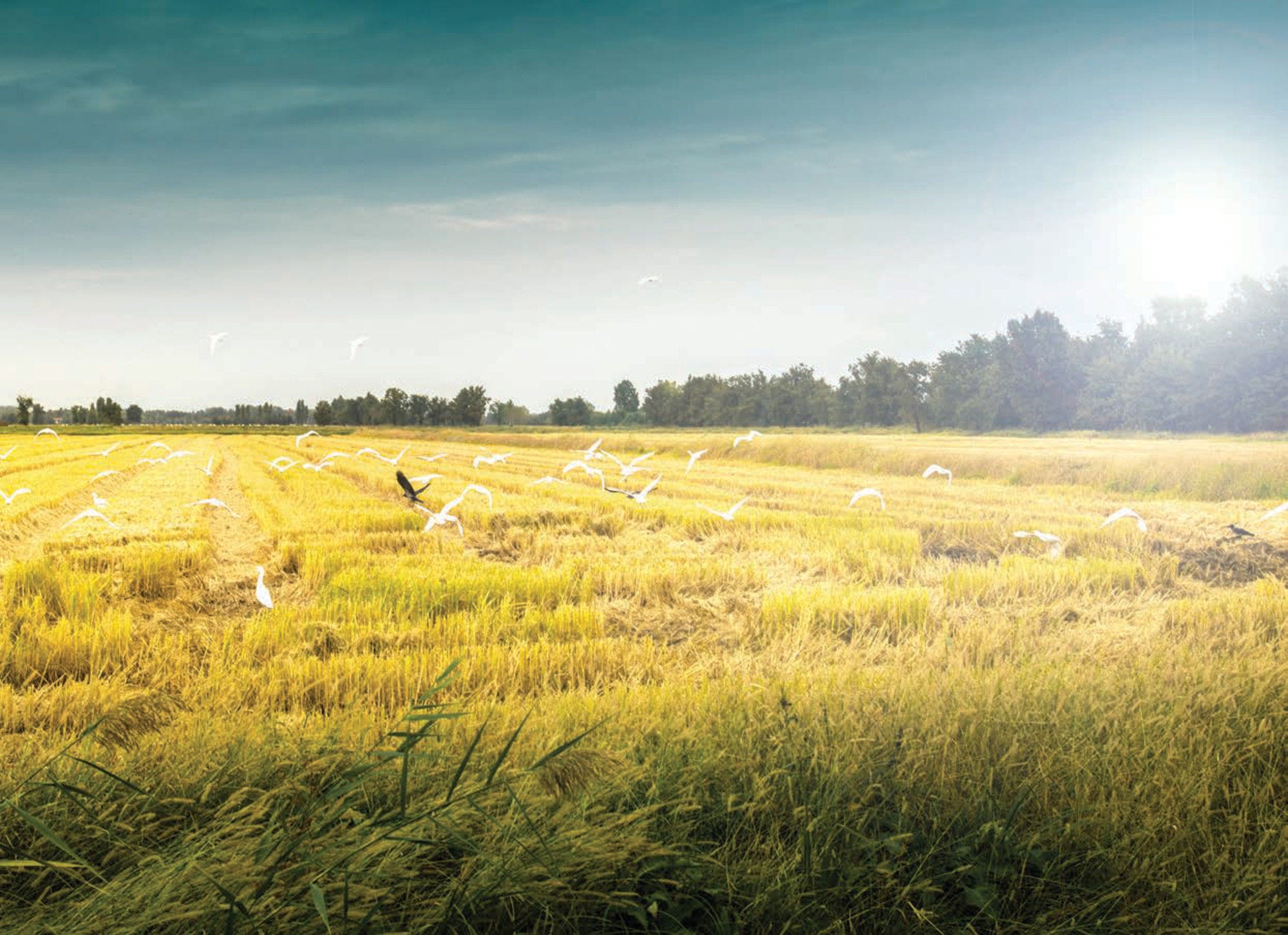The main areas of agricultural policy in Brazil are rural credit and market price support, implemented and developed since the 1960s, and risk management (insurance subsidies) that was introduced in 2005. Other policy instruments include agricultural land zoning and promotion of biofuels. Agricultural policy is defined in the annual Agricultural and Livestock Plan administered by the Ministry of Agriculture, Livestock and Food Supply (MAPA). Until the end of 2018, the Special Secretariat for Family Farm and Agrarian Development (SEAD), which reported directly to the Presidency, was responsible for the small-scale family agriculture, through the Family Agriculture Plan 2017/20.
The basic element of market price support policy consists of regionally set minimum guaranteed prices, which cover a broad range of crops and a few livestock products like cow and goat milk, and honey. Given these minimum guaranteed prices, the government implements several price support mechanisms, including direct government purchases (AGF programme); premiums to commercial buyers who pay minimum prices to producers; and public and private options contracts backed by a private risk premium option. In addition to these programmes, producers receive reduced-interest marketing loans, which enable them to withhold the sale of a product in anticipation of a higher market price. The National Food Supply Agency (CONAB) is in charge of operating these programmes on behalf of MAPA and, until the end of 2018, SEAD. Several programmes offer deficiency payments calculated as the difference between the market price and the minimum (reference) price (e.g. the Rural Equity Prize programme called PEPRO, and the Product Reward Prize programme known as PEP).
Agricultural credit is the major policy instrument for both commercial and small-scale family farms. Most of the rural credit under the National Rural Credit System (SNCR) is provided at preferential interest rates with differentiated conditions for small and medium size farmers compared to commercial ones. The main sources of preferential rural credit are “Compulsory Resources”, equivalent to 30% of sight deposits in commercial banks and 60% of “Rural Saving” deposits, “Constitutional Funds” and loans from the National Bank for Economic and Social Development (BNDES). Other sources are the Coffee Fund (FUNCAFÉ) and the Agribusiness Credit Notes called LCAs (Letras de Crédito do Agronegócio), which are fixed income securities backed by credit transactions linked to agribusiness, out of which 35% are compulsorily allocated to rural credit. Major agricultural debt rescheduling occurred during the late 1990s and early 2000s for both commercial and family producers, and since then, support is provided through debt rescheduling arrangements.
Four main agricultural insurance programmes provide support either in the form of insurance premium subsidies or by compensating farmers for production losses due to natural disasters. Two of them target commercial farmers: the rural insurance premium programme (PSR) which grants insurance premium subsidies to commercial producers who establish contracts with insurance companies listed by the government; and the general agriculture insurance programme (PROAGRO) which offers partial compensation for bank debts on working capital loans indemnifying losses of own resources invested in production. Most of the resources from this programme are allocated to the southern region for grain crops, mainly soybeans. Small-scale family farms can also benefit from two different programmes: the PROAGRO-Mais or family agriculture insurance (SEAF); and the crop guarantee programme (Garantía Safra, GS).
In some programmes, support is conditioned by environmental criteria. Agricultural zoning of climatic risks (Agricultural Risk Zoning ZARC) is an important instrument that links agricultural support to farming practices and activities that are adapted for the environmental sustainability of each geographical zone. Compliance with zoning is required to access concessional rural credit, subsidised insurance programmes and PROAGRO. Since 2008, access to subsidised credit for agricultural production in the Amazon biome requires compliance with environmental regulations, in particular land use regulations set out in the Forestry Code. Rural environmental registration of geo-referenced information on rural property, including property perimeters, location of Permanent Preservation Areas, Legal Reserves, Restricted use Areas, and areas of agricultural production is compulsory in the whole country since 2012. Since January 2019, the access to rural credit additionally requires compliancy with the Environmental Rural Registry (CAR), a mandatory digital registration.
Brazil has specific credit programmes, mainly the Low Carbon Agricultural Programme (ABC), to promote sustainable agricultural practices. These include credit for the recovery of degraded areas and pasture land, the implementation of organic Agriculture and Livestock production systems, the implementation and improvement of no-till farming systems, plantings on unproductive and degraded soils, forest planting, improve production systems and preservation of natural resources.
Biofuels production has been supported since the launch of the National Alcohol Program (Pró-Álcool) and the Plan of Production of Vegetable Oils for Energy Purposes (Pró-Óleo) in 1975. The National Program for the Production and Use of Biodiesel (PNPB) was launched in 2004 to improve environmental performance and energy independence. In 2017, the national policy initiative RenovaBio was launched to foster the implementation of the GHG emission reduction commitments under the Paris Agreement on Climate Change, by increasing the supply of alternatives to fossil fuels.







